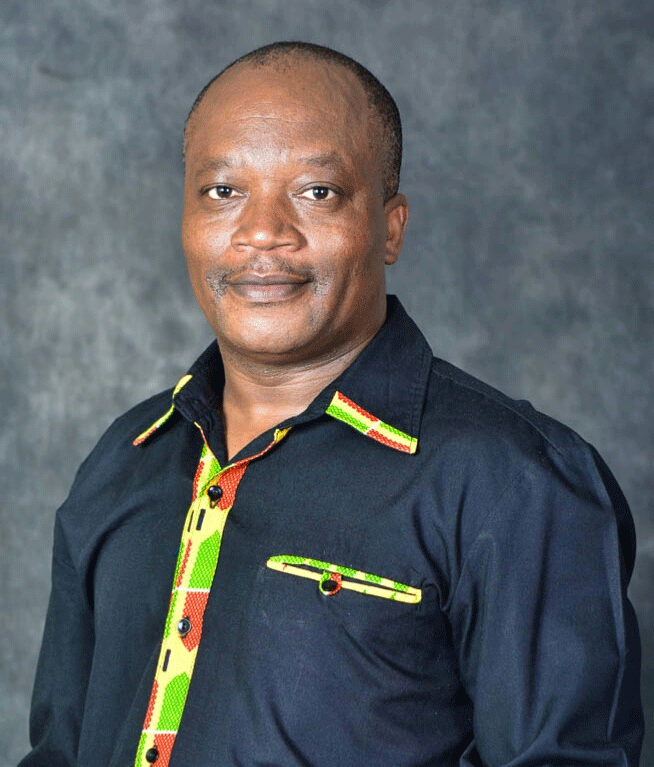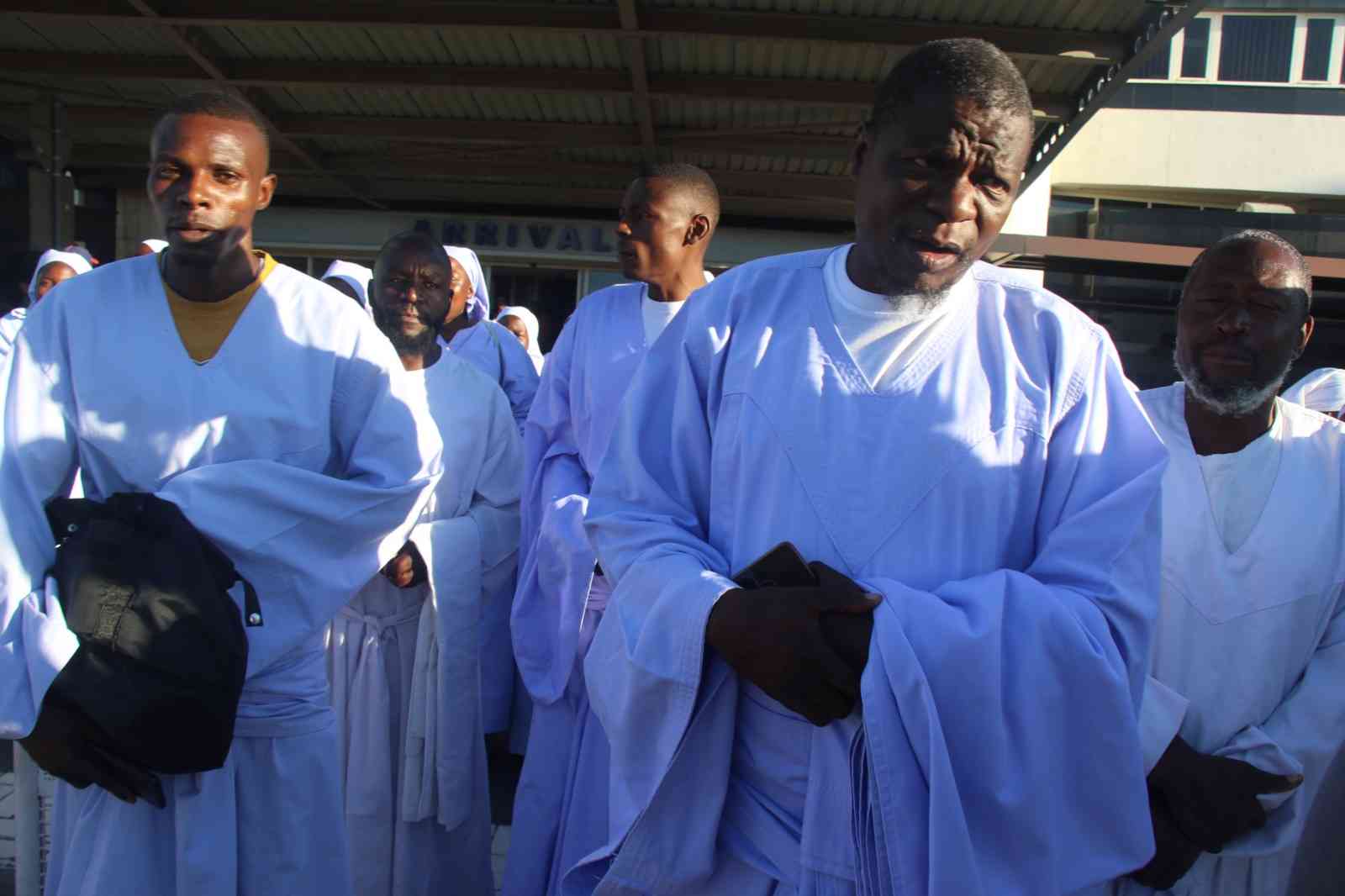
By Moses Mugugunyeki
Zimbabwean jazz maestro Filbert Marova has exploited the unique sonorities of traditional and contemporary instruments to come up with an inimitable sound.
Marova, one of the most sought-after instrumentalists in the country, chose the Covid-19 lockdown to coordinate a project which he calls Mbiriano, a blend of different rhythms.
The project has produced three singles Mari Ine Chitema, Taffi Bhesi and Zinyaride, which are created from a unique sound, according to Marova.
“Mbiriano is a fresh new sound based on mbira music transcriptions originally written for the piano,” Marova said.
“It combines deep traditional mbira rhythms, harmony and polyphony with jazz licks, riffs, syncopation as well as improvisation to create a novel sound that is fresh and familiar at the same time.
“During the lockdown period I started transcribing mbira music for the piano as a daily hobby and what a therapeutic and energising experience it was playing traditional mbira pieces on the piano.
“I added some jazz licks and riffs and got totally blown away. When lockdown regulations were relaxed I put up a band specifically for the Mbiriano project comprising of some of the best musicians in Zimbabwe.”
- Chamisa under fire over US$120K donation
- Mavhunga puts DeMbare into Chibuku quarterfinals
- Pension funds bet on Cabora Bassa oilfields
- Councils defy govt fire tender directive
Keep Reading
Marova, who played the piano and vocals on the project, said part of the Mbiriano project included Sam Mataure (drums), Bradley Sibiya (saxophone), Tafadzwa Marova (bass guitar), Nonhlanhla Muhoni, Nyaradzai Meda and Charlotte Meda (hosho/vocals) The project was recorded at Naledi Media and mixed and mastered by Tamie Bimha.
Marova said jazz just like any other genre was developing with time, hence the creation of Mbiriano.
“Jazz is an ever-changing culture, so it keeps evolving. Hundreds of jazz subgenres have emerged over the years and hundreds more are expected to come as we go,” Marova said.
“Mbiriano is an emerging jazz subgenre created around Shona mbira music. All rhythmic and polyphonic elements of mbira are maintained and harmonic plus melodic content are altered in typical jazz format.”
He said jazz originally was an American creation that has spread its tentacles across the globe.
“Each region may have its own flavour of jazz and in Zimbabwe we have our own jazz. There is a very dangerous misconception about what jazz is by most Zimbabweans,” Marova said.
“Any music that is not Zimdancehall, sungura, Afro-pop or reggae is most likely classified as jazz if it’s mellow.”
A product of the late 1980s trailblazing Frontline Kids, Marova reckons the future of jazz music in Zimbabwe is bright.
“I am impressed with the number of emerging jazz outfits which comprise young jazz musicians. I am convinced that the future of jazz music is in good hands,” he said.
“I can also safely say we are progressing well towards refining our own home-brewed jazz, which is a fusion of some local traditional rhythms and harmony with traditional jazz language to create something unique yet familiar.”
However, he said in order to encourage more young people to take an interest in jazz, there was a need for radio stations to give more airplay, create live radio jazz concerts plus endorsements from the corporate world.
“This will ensure that musicians are able to earn a living from playing jazz music,” he said.
“I hope more and more jazz musicians can record their music just like what dancehall artistes are doing instead of relying on live shows only.”
Arts administrator and musician Penny Yon described Marova’s Mbiriano project as “…an unusual hybrid of traditional Shona melodies and [grooves] played with a very classical and ‘true’ piano sound”.
“The deep and wide crossover between the two is quite fascinating; those familiar mesmerising patterns of notes resonating not from the iron tines [or keys?] of the mbira which we know so well and expect from that music, but from the sound of felt hammers striking the [~] strings of the traditional piano, so acoustic — somehow out of context yet both so familiar,” Yon said.
“All this interspersed with surprises like a sudden shower of jazz-delivered chords for emphasis, and the unmistakable mellow reeds of the saxophone takes Mbiriano on an occasional detour into Afro jazz.”











